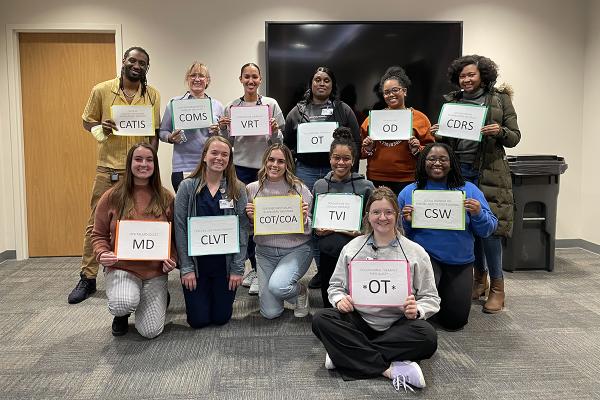
Equipping occupational therapists to empower low vision patients
Today, more than seven million Americans suffer from blindness or low vision — defined as the loss of sight unable to be corrected with prescription glasses, contacts, or surgical interventions. Often caused by age-related disorders like macular degeneration or glaucoma, the number of people impacted by low vision is only expected to rise as the percentage of the U.S. population over 65 surges in the next 20 years. According to recent data, in North Carolina alone the number of residents who are 85 or older will more than double by 2041.
Unlike complete blindness, individuals with low vision often retain some level of sight and for many, the use of visual aids can help to enhance their remaining vision. Symptoms of the condition vary, ranging from blind spots and poor night vision to glare sensitivity and blurry vision, posing unique challenges to their daily routines and independence. With the exponential growth in the number of older adults affected by low vision, there is an increasing demand for trained professionals to provide care and teach fundamental life skills.
In response, the Duke University Occupational Therapy Doctorate (OTD) Program in cooperation with the Duke Eye Center Vision Rehabilitation and Performance Division has launched a groundbreaking Low Vision Certificate. This certificate program, initiated in the academic year 2022-23, addresses the shortage of experienced practitioners equipped to assist people living with vision impairments.
Read the full article in Duke Eye Center's VISION magazine